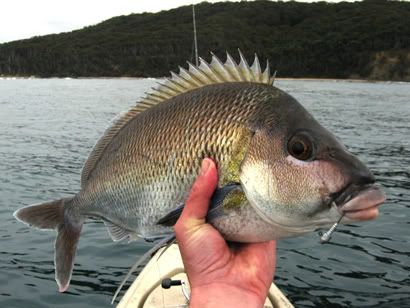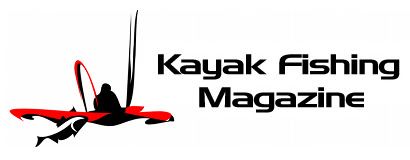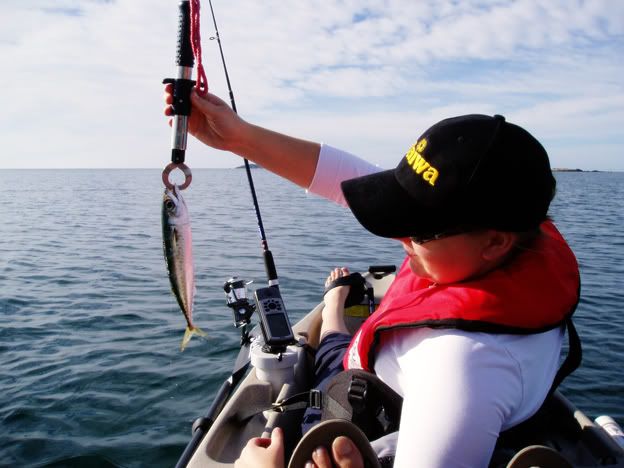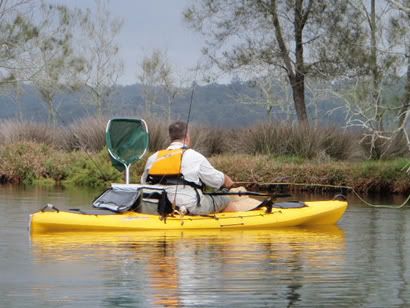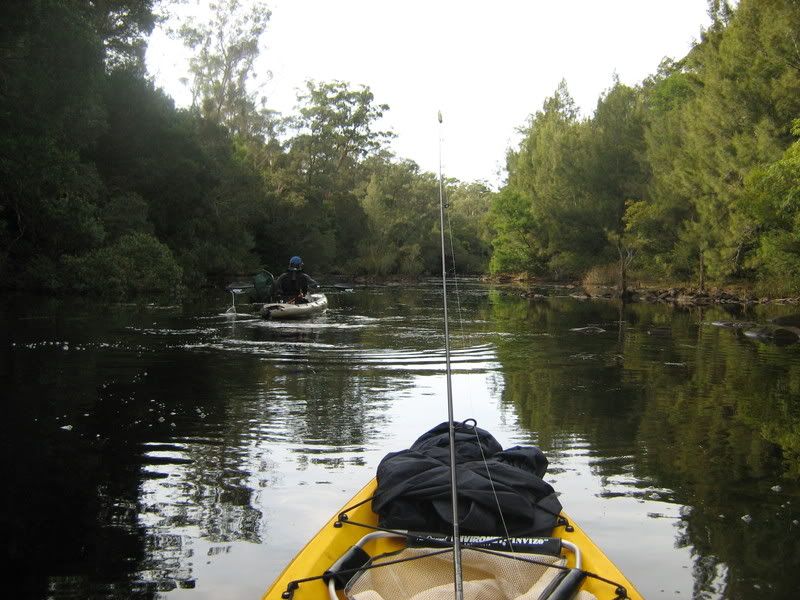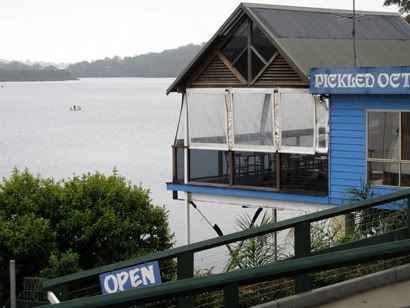
Introduction:
The NSW South Coast is home to some of Australia’s most notable fisheries such as the Tuross, Moruya and Clyde river systems. Since the implementation of the Bateman’s Marine Park came into effect, several of the traditional, well worn fishing destinations are now strictly ‘off limits’. However for the more adventurous among us, numerous creek and lake offshoots branch away from these bothered waterways. Offering superb, stealthy Kayak angling opportunities while distancing themselves from the local populace, these tributaries are just begging to be explored!
From picturesque Durras in the north, down to the distant Wallaga Lake in the far south, scores of unique settings lie along and in-between. Many of these are major tourism drawcards and obtain a heavy angler presence year round, and for good reason too. Being less visited, the other river entities tend to run through and along various National Parks and shires, literally declaring themselves lonely recreational fishing sanctuaries. Some are still commercially fished, some are rarely beleaguered but most will agree the Marine Parks up and down the east coast of NSW are forcing the intrepid Yak Fisher folk to venture outside the box and start fishing the cardboard.
Species:
Discovering these unique waterways is only half the fun, fishing them from the concealment of a polyethylene craft is extremely rewarding. Admittedly, these areas can be a little hit and miss when water temperatures are at there coldest in winter. Come spring and the warmer months of summer, the heat creates a haven for breeding and feeding with Bream, Whiting and Flathead moving in to complete their lifecycle. Saltwater environments with brackish, fresh tidal reaches house Estuary Perch and Australian Bass, both subjected to closed spawning seasons (June 1st – August 31st). Exclusive habitat for these fish often overlap with Bass found higher in the system.
It’s a vicious circle of life in our Southern locales, a fish eat fish world where there are many ways of imitating a link in the food chain. Top dogs like Jewfish, Tailor and Dusky Flathead patrol the estuary beat, menacing bait fish along the weed beds and flats. Poddy Mullet are the bill of fare, silver service catering the everyday dietary needs of these estuarine genuses. New moon Prawns and Shrimp flick about under surgical attack from what chrome lies beneath, old mate Bream and poor mans Bonefish (Whiting). Fooling these gilled warriors is simple enough, try emulating the estuarine life itself.
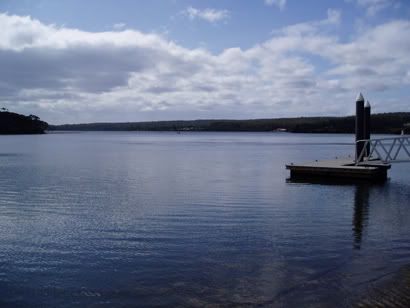
Location:
Some areas have a tendency to hold denser populations of species than others; a good example of this is the renowned Bream of Lake Tabourie. A trivial drawn out waterway located a few kilometres just outside of Ulladulla, The inlet features many draining Creeks which tend to concentrate conventional food flows before emptying into deeper water. Bream love the channelling effect and often use the watercourse vicinity to gather energy before spawn schooling at the mouths entrance. While the Tabourie Bream seem to be predictable they still tend to wander throughout the elongated system.
Typical estuaries shape intricate organisms of shallow interconnecting channels and lakes, with Eurobodalla’s Tuross among one of the more expansive collections. With a varying depth of one to four metres, it truly is the iconic visual Kayak fishing location. From the habitual clear water surroundings of the lakes oyster leases to the rivers tidal reaches towards Coomerang, the waters arrangement basically screams surface lures. Since being deemed a recreational fishing haven in 2001, Kayak anglers heading to Tuross can expect to encounter greater numbers of both species of Bream, Dusky Flathead, Sand Whiting, Jew/Mulloway, Estuary Perch and Australian Bass.
Another near pristine estuary with exceptional water quality is Durras Lake, bordering the beautiful Murramarang National Park. From shallow channels to deeper basins, Durras is regarded by many as a multi-dimensional, branching lake. Salinity levels are higher than the average due to a small reef located just offshore, unfortunately preventing the lakes entrance from opening all year round. Commercial fishing has ceased in Durras Lake, some recreational fishing is also curtailed in certain sections. While all estuary fish species are present, Prawning is also very popular with tourists and locals during those warm summer nights (Before/after the new moon periods).
Techniques/Tackle:
Depending on your location, techniques and tackle can be adjusted for whatever the intended target species so keep a keen eye out for structure, snags, weed lined fringes and sandy lies. Anything and everything could become interested, especially once you start reaching the upper brackish reaches. Whether you choose to paddle a SIK (Sit in Kayak) or pedal a Hobie, the ability to glide into constructive positions will be ruined if you don’t pay attention to your surroundings and particularly depth. The benefits of Kayak fishing will slowly come in to play; silence is the skeleton key and will more often than not put you onto above average fish, all whilst remaining seemingly unobserved.
Normally fish have a fleeting sight benefit; given the average height one must sit or stand to breach over a conventional boats gunwale. Your core advantage is always finding yourself well and truly in the mix, sitting almost eye level and on par with your intentions (Donning special ninja abilities). Just how visible you and your Kayak will be when paddling the shallows is a highly debatable subject. While companies and manufacturers offer a wide range of finished colours for kayaks, including the dubious camouflage patterning, fish are only sensitive to certain colours of the visible spectrum (Depending on species). More often than not, it’s the shadow cast by the kayaks hull that will be enough to shut down an otherwise productive section.
Presenting bait/lures from a seated position in a Kayak has its pros and cons. In most cases, the seated position close to the waterline impedes peripheral vision. For some the game of blind, smelly bait is far too random, but worth playing all the same. Embracing current technology like GPS ( Global positioning system ) and electronic fish finding ability help bend the rules. Allowing for an accurate slow drift in your kayak is one way of changing your baits appeal. Changing your bait/lures appearance, with clever use of tackle selection, can prove to be the major difference on a slow days fishing.
Basically, fishing is species dependant and locality specific, certain approaches work best while others don’t work at all. As an example, using a running sinker all the way to the hook over reef or rocky structure will result in more lost rigs than lost fish. However, this rig is quite ideal for estuary work on sandy bottom dwellers like Flathead and Sole when in a Kayak. Employing a running sinker one metre above a light gauge bait hook ( A rubber stopper or small swivel will stem the lead flow ) will create a somewhat different donation that will appeal to our mid water species like Bream and Trevally.
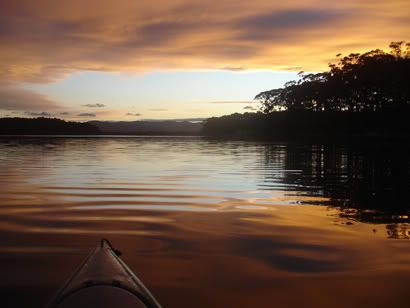
Conclusion:
Tournament Bream anglers nation wide abscond fish from high powered casting platforms, throwing everything Japanese but a bottle of sake. You can take many of these same, cutting edge lures and begin applying them from a Kayak in a successful manner that is completely foreign in tourney circuits, without a retrieved lure in sight. I once caught the ire of a well known Merimbula Bream identity when asked why the hell was I trolling an Ecogear SX 40? (A known cast and retrieve minnow). I deftly explained “Because it works, what works from Yak defies all powerboat relevance!”
The Southern NSW lakes, estuaries and rivers provide an ideal playground for many Kayak anglers in search of the more popular fish species available on the South Coast. Many areas were deemed ‘unproductive’ by the greater fishing community long ago, leaving a few destinations relatively untouched. Thoughts like this were once generated by observing species like Mullet and Whiting only, roam the weedy flats. With drop offs few and far between, shallow lakes with closed margins present too many obstacles for the local tin brigade (Spooking huge Flathead as they prop bash to the safety of the ramp). Always be the polite Yak Fisher, just smile and wave goodbye!




